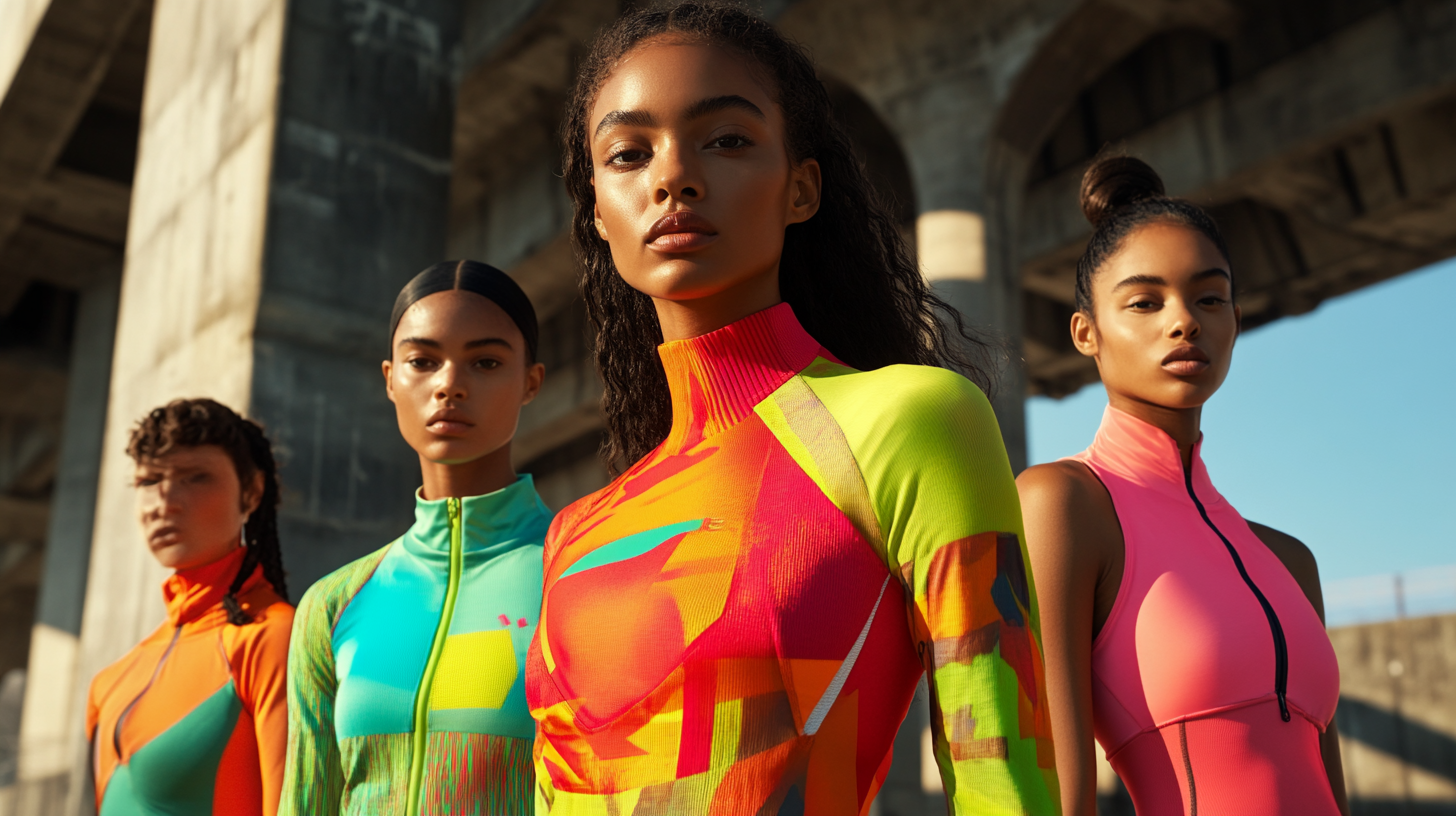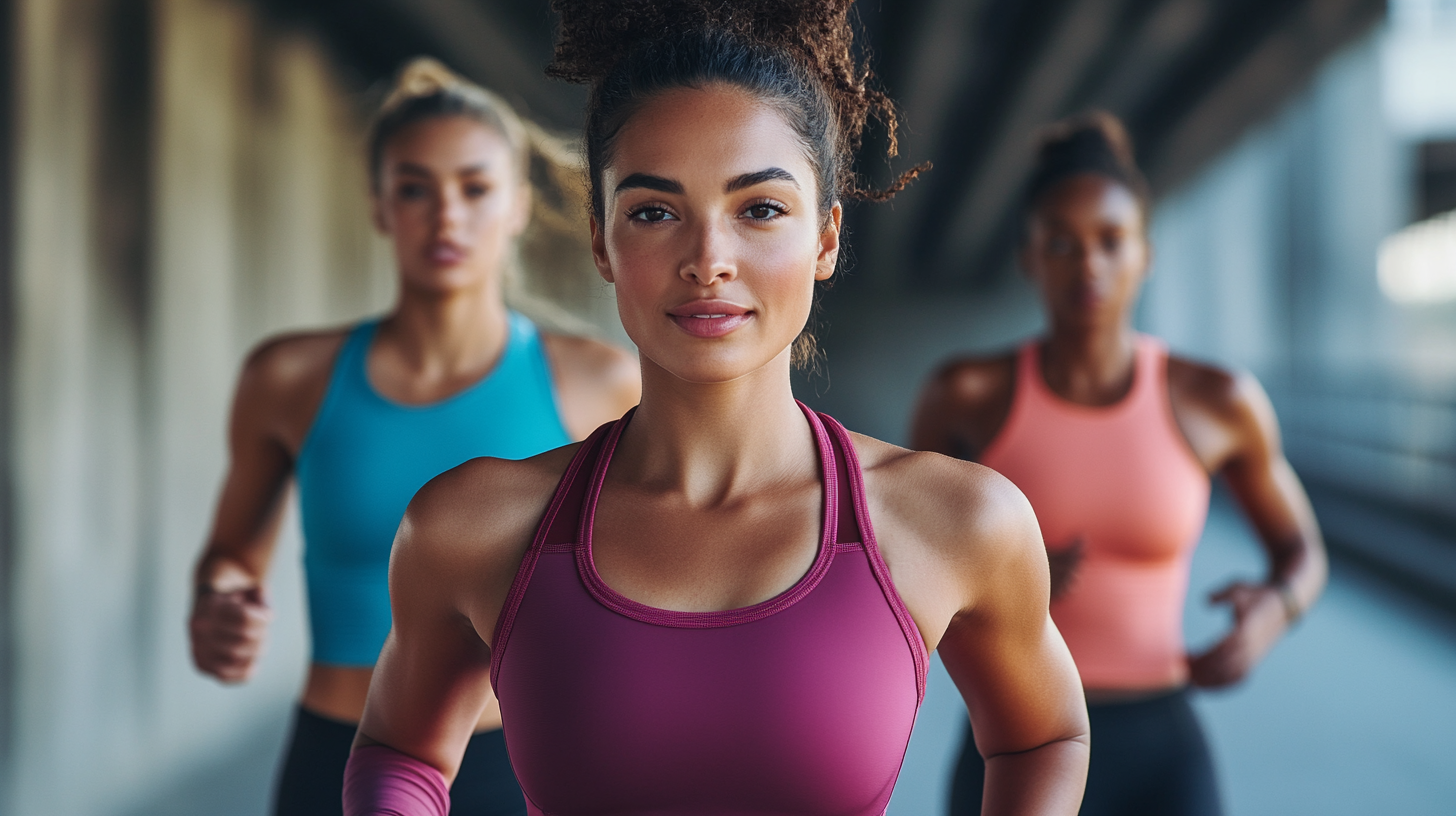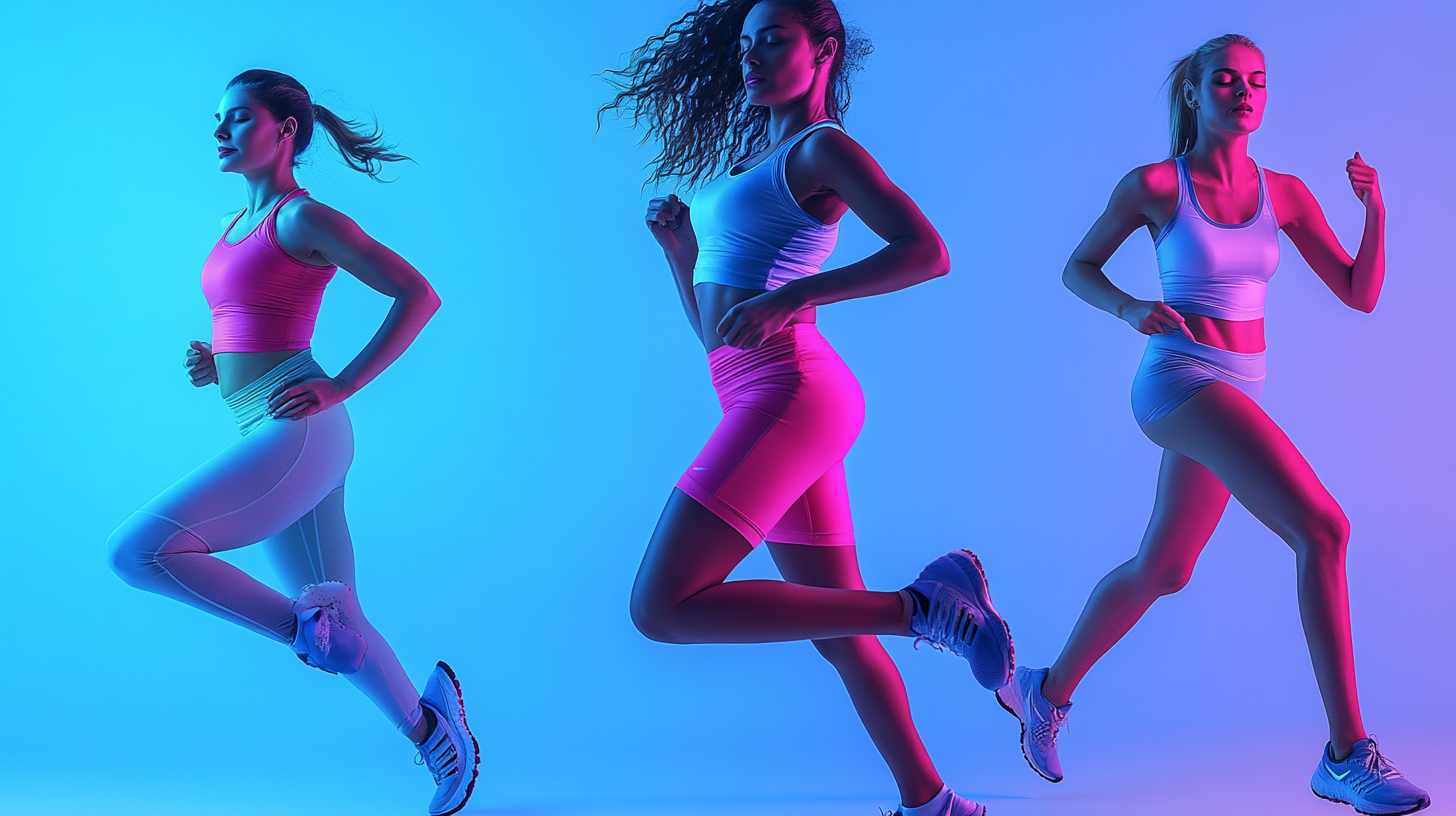Women's activewear has progressed considerably recently due to the enhanced interest of women worldwide in fitness and wellness. Allied Market Research states that the global Women SportsWear market could reach USD 207.5 billion by 2025, growing at a sprightly CAGR of 6.4% from 2018 to 2025. This surge is indicative of changes in consumer habits and the acceptance of active lifestyles being an acceptable norm rather than an exception. As social trends continue to lean toward health and well-being, women's sportswear will transform to address an increasingly diverse consumer base.
A plethora of key trends within 2025 are expected to profoundly reinterpret the world of women SportsWear toward international buyers. More function, sustainability, and inclusivity are priming the market for a paradigm shift in product offerings. The propensity of 64% of women to opt for brands perceived as environmentally responsible indicates the inevitability of domination by brands adopting sustainable materials and ethical practices in the near future. Likewise, the ongoing demand for body positivity and representation will create a compelling incentive for brands to diversify their size ranges and designs in line with today's incredibly diverse shapes and style preferences, and this will literally send women's sportswear down a whole new path.

This field continues to gain momentum in terms of evolution, such as for women's sportswear 2025 emerging fabrics and cutting-edge technologies that will turn the experience of athletic wear upside down. Into the act comes; sustainable materials-not only are these longer-lasting and more breathable but they also possess wonderful moisture-wicking properties. All of these are meant for allowing comfort while doing high intensity workouts along with a responsible approach to fashion. This is completely in line with inducting technologies in sportswear. Smart fabrics can also keep track of performance metrics and adjust to the environment. This combination of features and aesthetics gives in to modern demanding female athletes who would not give up practicality for trendiness in their fabrics. casualization and the extreme availability of space will soon give way to some of the latest revolutionary knitted textiles and smart design to the market except from the above global trends of the world apparel market.

Moving ahead to Fall of 2025, the future will encompass various trends that will truly become the focus of global buyers on women's sportswear: Sustainability, and eco-friendly fabrics. Activewear is no longer where it was five years ago with these clothing with priority given to green materials within the activewear brand. Innovations in FLech-technology bring these striking workout clothes into potential regimes where they are actually constructed from 100 percent recycled materials, not just beautiful but equally promising their style with the compatibility of performance and sustainability.
Even in the land down under, this form of women's activewear signifies a change in the whole fashion dynamic. Beyond the demands put into a design that is practical, yet aesthetically beautiful to women, a more comprehensive social change evolution is seen here. This trend is also in keeping with a greater commitment to an individual healthy planet by leading a more active lifestyle. With changing customer behavior focusing more on wanting green alternatives, brands must now develop collections that are a blend of function and sustainable form with which a woman is comfortable going about her day, with or without the gym pants.

In ever-case studies athleisure has swept away the sportswear category for women and has made fashion live together with function as never before. It suggests a greater cultural shift as much as women's desire to express themselves through clothing that does not just perform well in a workout routine, but also blends into their everyday lives. Therefore, concerning demand for sporty but stylish apparel, brands are driving towards more innovation in designs aimed at active women who want comfort but still emphasize aesthetics.
With the discussion on women's empowerment getting bolder by the day, such is the moment for women athletes through the popular athleisure market - a place where women can redefine beauty and strength. From fantastic silhouettes to recyclable textiles, the trends for 2025 are slated to give preference to statement pieces and versatilitys. This will demonstrate that women are still breaking grounds on and off the field, where athleisure serves as the front line of a dynamic meeting point between sportswear, style, and self-expression.

Customization and personalization become even hotter topics with 2025 on our horizon. Consumers want clothes to speak to their individuality, though they fit their unique silhouettes. This demand reaches far beyond just aesthetics. Performance apparel that works with an athlete's body, yet is still comfortable, is becoming part of the new archaic.
The growth of brands focused on customization is turning the dynamics of the market inside out. Young consumers, especially those from developing economies, are increasingly seeking products that merge with their aspirations and lifestyles. Again, the "sustainability" issue is becoming another impetus for these brands to engage and take responsibility in terms of their eco-friendly material and process choices in the customization dimension. Technology applied to sportswear manufacturing also contributes to a more personal aspect in favor of many needs coming through a wider and expanding consumer personality.
This evolution of social media and celebrities made a very distinct impact on women's sportswear and fashions, changing trends and moving large volumes unlike ever before. Moving towards 2025, the meeting point between sport and fashion saw its tremendous shift, and with platforms such as Instagram and TikTok, the brands have shown their latest collections. Female athletes and celebrities actively advocate for the brands, making activewear a little less functional and a lot more stylish and desirable.
Recent events, such as the second "Auntie" basketball tournament in Guizhou, highlight the increasing visibility of women's sports, which encourages participation and creates excitement within the community. Complementing this new interest are initiatives that promote female empowerment and health awareness, thereby continuing to connect fashion with social change. Whereas women are busy shattering barriers in sports, performances in fashion reflect the input of women into the wear and the fashion's explorative facet. These two influences set the stage for bold and innovative trends in sportswear in the coming years.
By 2025, women's sportswear is expected to feature sustainable materials that enhance durability, breathability, and moisture-wicking properties, along with smart fabrics that can monitor performance metrics and adapt to environmental conditions.
The rise of athleisure is blending fashion and function in women's sportswear, allowing women to express their identities through versatile clothing that performs well during workouts and fits into their everyday lives.
Customization is becoming increasingly important as consumers seek garments that reflect their individual styles and fit their unique body types, driving brands to offer bespoke options that enhance both aesthetics and performance.
Brands are focusing on innovative designs that cater to active women who prioritize comfort and aesthetics, integrating cutting-edge textiles and smart design to meet consumer needs.
The conversation around women's empowerment is transforming the athleisure market, allowing women athletes to redefine beauty and strength through clothing that showcases individuality and versatility.
There is a growing emphasis on sustainability, pushing brands to incorporate eco-friendly materials and practices in their offerings, which also aligns with the preferences of young, conscious consumers.
Technology facilitates greater personalization in sportswear production, allowing brands to meet the diverse needs of consumers by creating tailored options that align with individual preferences.
Upcoming trends for 2025 are anticipated to highlight individuality and versatility, with a focus on sustainable fabrics and iconic silhouettes that resonate with active women's lifestyles.
Smart fabrics can monitor performance metrics and adapt to environmental conditions, enhancing the functionality of athletic wear and providing a more comfortable experience during high-intensity workouts.
The evolving women’s sportswear market primarily targets active women who seek stylish and functional clothing, along with young consumers, especially in emerging markets, who value customization and sustainability.